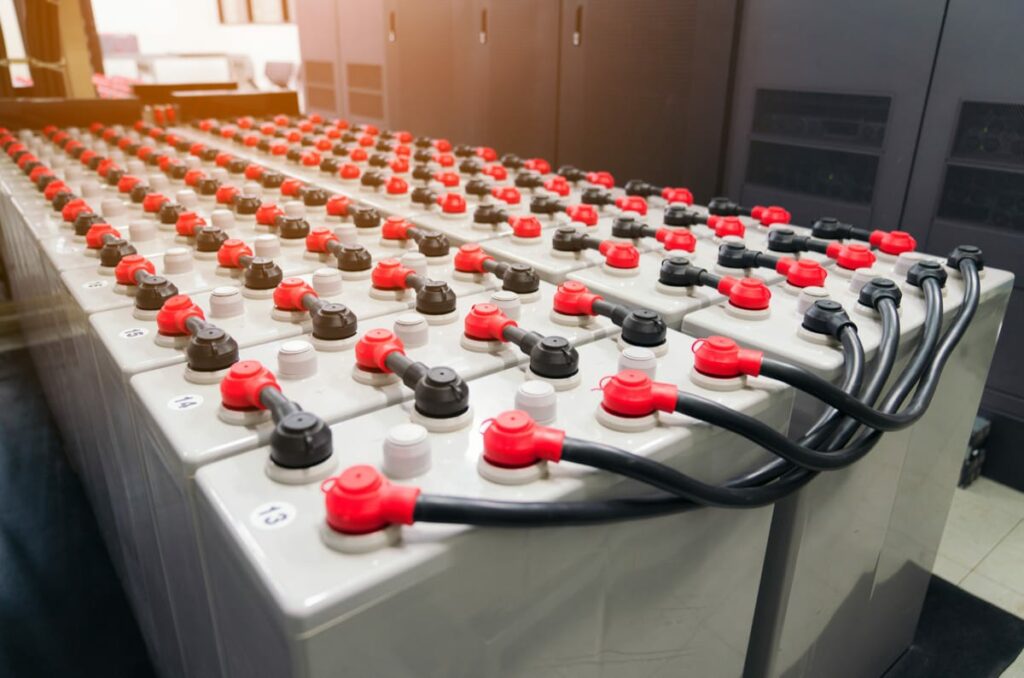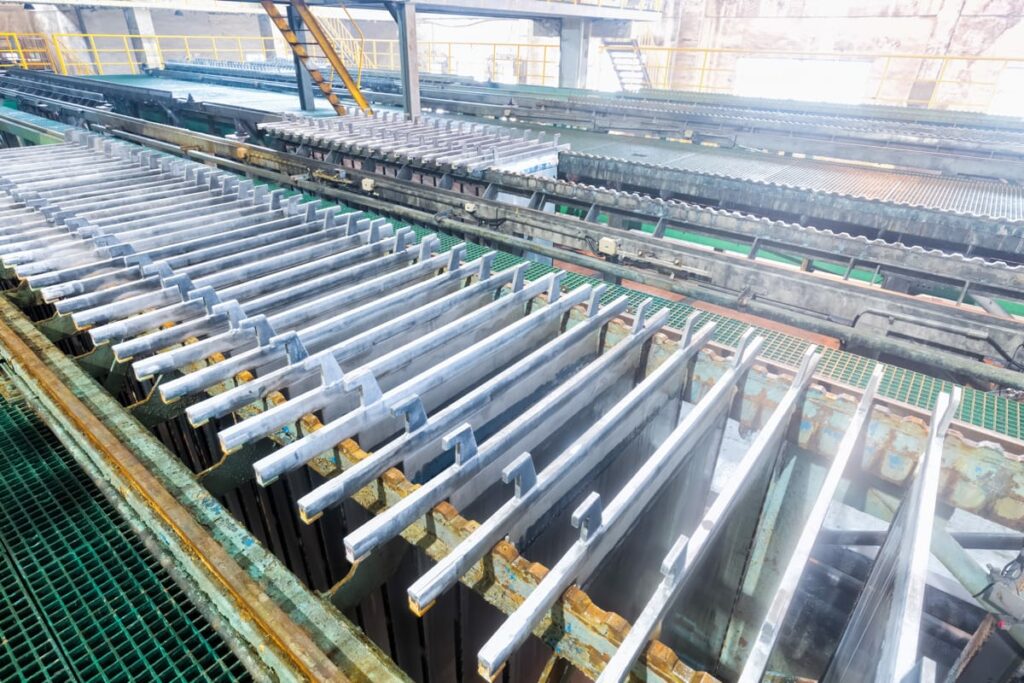The use of hydrogen in clean energy is feasible and affordable, but it also provides the means to tackle crucial challenges in our world. While decarbonizing sectors such as iron and steel and long-haul transport is challenging, hydrogen offers ways to combat air pollution and strengthen energy security. While global energy-related CO2 emissions reached an all-time high in 2021, outdoor air pollution continues to be a significant challenge, causing premature deaths and illness worldwide.
One obvious way to use hydrogen for clean energy is to produce fuel for cars and other industrial facilities. Hydrogen fuel cells are quieter than gasoline-powered vehicles, which reduces noise pollution. Hydrogen fuel cells are also smaller than traditional internal combustion engines and require less space. In addition, they are less likely to cause visual pollution than other low-carbon energy sources.
Solar oxide electrolyzer cell technology can reduce reliance on bioenergy.
Converting CO2 to electricity requires a mixture of CO2 and H2O. As the cells are stacked, a layer of carbon will eventually be deposited on the electrodes. This carbon deposit results from thermodynamics and varies with the cell’s voltage. If impurities are introduced, carbon will form in the cell, and the process can fail suddenly. The next step in cell research should improve the electrodes’ mechanical strength and carbon deposition. The electrodes should be made of more durable metals and operate at lower temperatures than 500o Celsius.

Nexceris’s electrolyzer
Hydrogen is an excellent clean energy option. High-temperature electrolyzers, such as Nexceris’s, can produce chemical fuels without bioenergy. Solar oxide electrolyzer cell technology is one way to make clean energy without bioenergy. This technology is affordable and easy to implement, and it also provides clean energy without the need for fossil fuels. It also produces no harmful emissions at the point of use.
In a world where hydrogen is the most valuable commodity, Nexceris’ solar oxide electrolyzer cell technology has the potential to revolutionize energy production. This new technology can store electricity as hydrogen, providing long-term energy storage and enabling value-added processes such as fuels. The company’s stack technology is reversible and will allow both fuel cell and electrolysis modes.
A world leader in clean energy, Nexceris is dedicated to developing fuel cells, solid oxide fuel cells, and other energy systems. With a strong IP portfolio spanning over a quarter-century, Nexceris is positioned as a global leader in clean energy. Its solar oxide electrolyzer cell technology is protected by 16 U.S. patents and 28 international patent applications. The company’s extensive R&D efforts have won the support of marquee corporate clients and government agencies.
Ceres’s electrolyzer
With the emergence of renewable hydrogen energy, Ceres’s technology could be the key to making our cities a carbon-neutral haven. This company has partnered with global technology companies such as Bosch and Weichai in China, and it also has a collaboration with Doosan in South Korea. This collaboration reflects the growing urgency of the world’s cities to become carbon-neutral.
The company’s fuel cell technology is based on solid oxide electrolysis, which requires high temperatures and high oxygen and hydrogen concentrations. The company targets an efficiency of 95% for its solar oxide electrolyzer cells, but they can also achieve 74% with water. This puts Ceres’s technology ahead of alkaline electrolysis and other types of electrolysis, generating grey hydrogen from fossil fuels. However, it is essential to note that the broader industry sees alkaline electrolysis hydrogen competing with grey hydrogen by 2030.
Bloom Energy’s electrolyzer
The company has already started shipping servers to customers. Google installed four in July 2008, and it was the company’s first commercial customer. Another major customer, eBay, installed five in December 2008, and now it produces more than 500 kW of power. Other customers include Staples (300 kW – December 2008), Walmart (800 kW – January 2010), The Coca-Cola Company, and Bank of America. The company expects to begin commercial production of electrolyzers at a 10 MW and 25 MW scale by 2023.
The fuel cell used by Bloom Energy combines ambient air with fuel and generates electricity without combustion. The company plans to install the system adjacent to PWC’s P.O. Hoffer Water Treatment Facility, where it will blend biogas and methane gases from nearby swine farms. This will make it possible for the company to meet the government’s clean energy targets while reducing greenhouse gas emissions.














